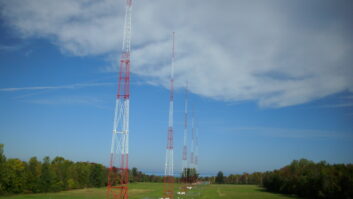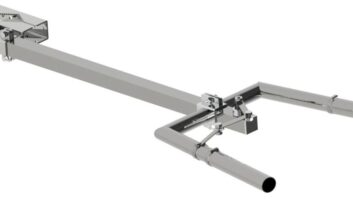LOS ANGELES � When I was a kid, rooftop TV antennas were common in my neighborhood. Having cable TV was considered an unnecessary expense � at least until the early 1980s, when more and more programming options came in to being.
That 30+ year trend seems to have gone in reverse, though. In 2017, 22.2 million U.S. adults �cut the cord� on pay TV services, like cable or satellite, in favor of online streaming or over-the-air TV. That�s a 33% jump from the 16.7 million who left in 2016, according to dcourier.com. The incoming wave of �cord nevers,� composed primarily of millennials, who have never paid for TV, estimated at 34.4 million.
With the coming of 5G, there�s even more reason to believe that rooftop antennas are going to be seen more and more.
�It�s widely expected that fixed wireless access will figure prominently in service provider network-upgrade plans as the world moves toward gigabit throughput and new 5G services,� according to rcrwireless.com. �A crowded field of outdoor wireless equipment vendors targeting discrete high-bandwidth point-to-point or -multipoint applications offers plenty of evidence that achieving high performance and low cost in radio links that have clear, interference-free line of sight �between endpoints is now a straightforward product engineering and network implementation task. The introduction of obstructions such as buildings, trees, passing vehicles, and terrain features in the line of sight for a desired fixed access connection, however, creates many signal-quality and performance issues for conventional radios.
�In fact,�that the advice of most experienced outdoor radio engineers to date has been simple: don�t even try without LoS.�
One wonders then if a new type of outdoor antenna configuration, made up of multiple elements, will make an appearance soon. Just think � multiple elements covering the FM band, the TV band and 5G could make up a new �array� on the roofs of houses and apartment buildings everywhere. How ironic it would be if the coming of 5G actually brought over-the-air radio back into the home.�
�












